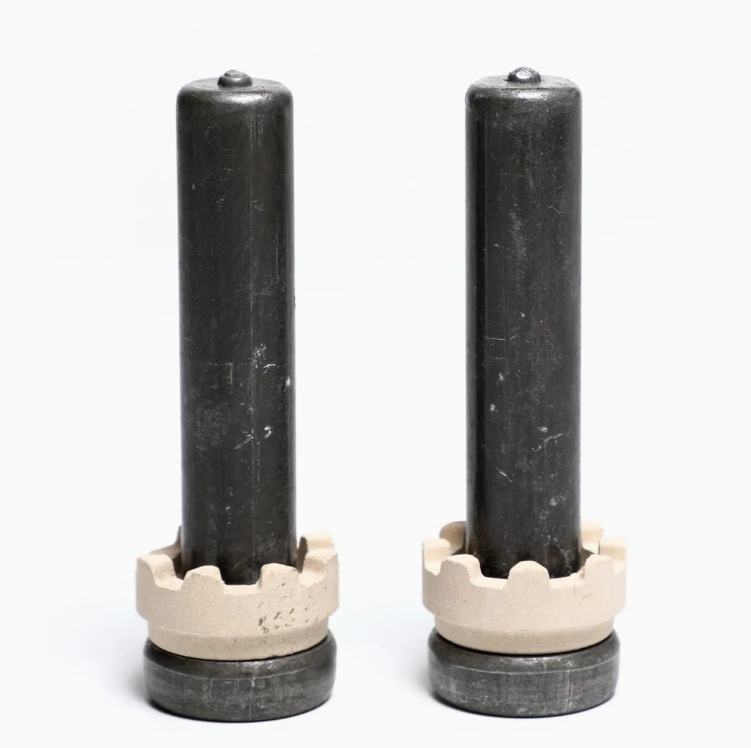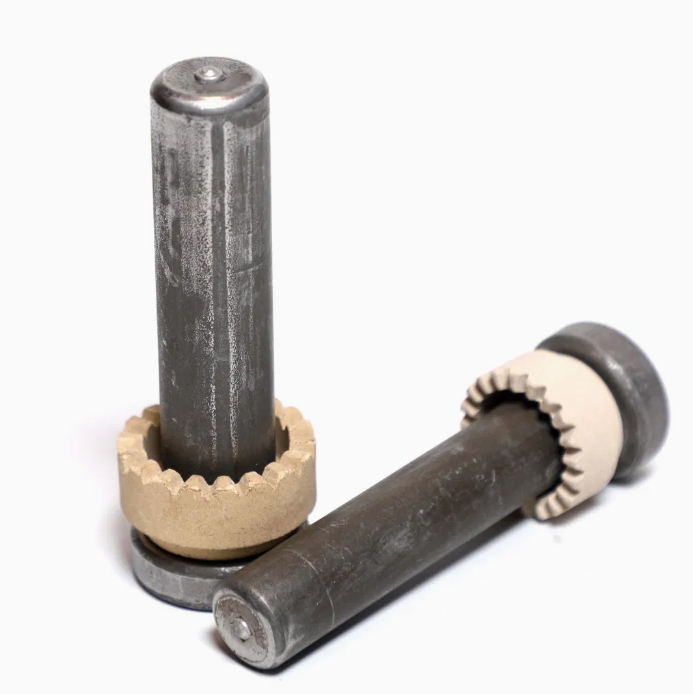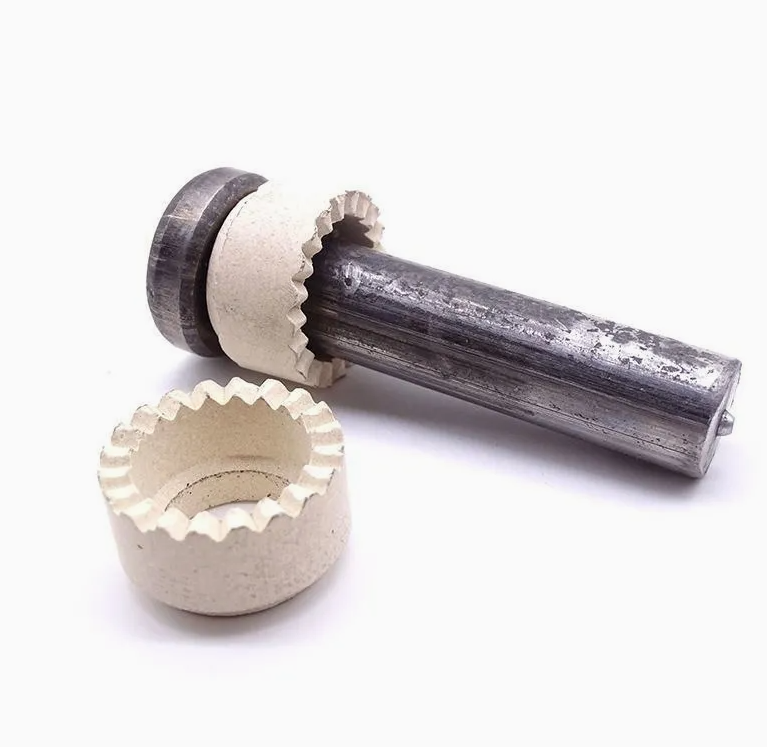In modern architecture and manufacturing industry, there is a kind of fastening component-welding nail, which seems inconspicuous but plays a key role. Today, let's learn more about the unique charm, excellent performance and wide application of welding nails.

Welding stud, also known as stud, is a kind of cylindrical head welding stud, usually made of low carbon steel or medium carbon steel. Its head has a round or square protrusion, and its stem has a smooth surface and precise dimensions.
From the performance point of view, the welding nail has excellent bearing capacity. It is fixed on the structure by welding process, which can effectively transmit shear force and tensile force and provide strong support for the connection parts. Its good anti-fatigue performance makes it stable under long-term dynamic load, and it is not easy to loosen or fail.

In the application field, welding nails can be seen everywhere. Welding nails play a vital role in the construction industry, especially in steel structures. They are widely used in the connection between steel beams and concrete floors, which enhances the integrity and stability of the structure. By welding the welding nail on the steel beam and then pouring concrete, the steel beam and concrete can work together and bear the load of the building together.
In manufacturing industry, welding nails are often used in automobile manufacturing, shipbuilding and assembly of various mechanical equipment. In the manufacture of automobile body, welding nails are used to fix interior trim and reinforcement; In the construction of ships, welding nails are used to connect steel plates and strengthen structures.

In a word, as an important connecting element, welding nail plays an indispensable role in modern architecture and manufacturing industry with its excellent performance and wide application. Although they are small, they provide a solid guarantee for building solid and safe structures and equipment.